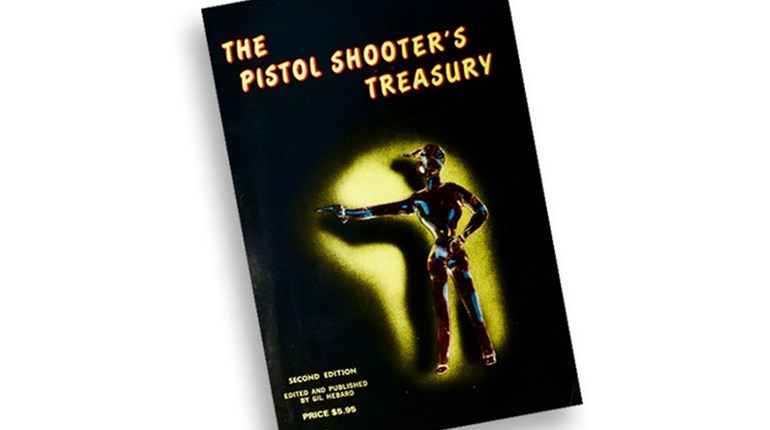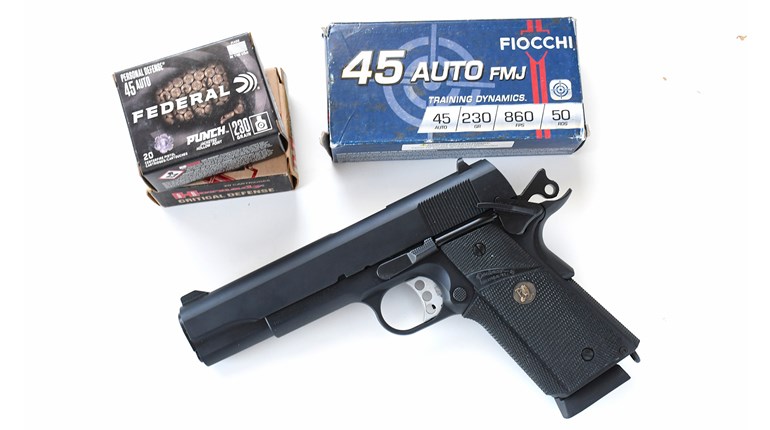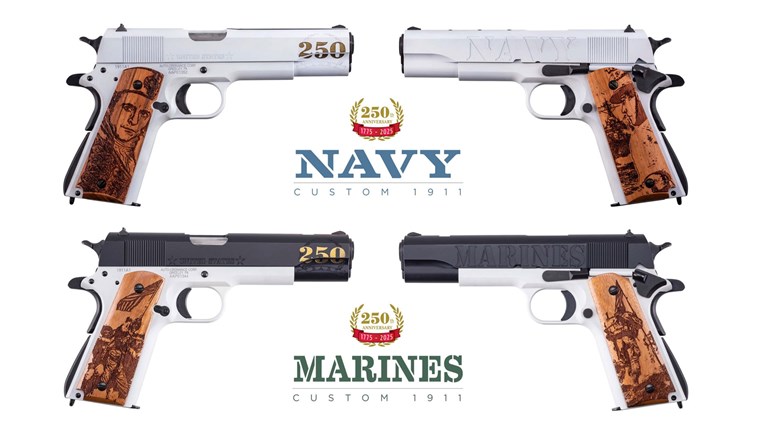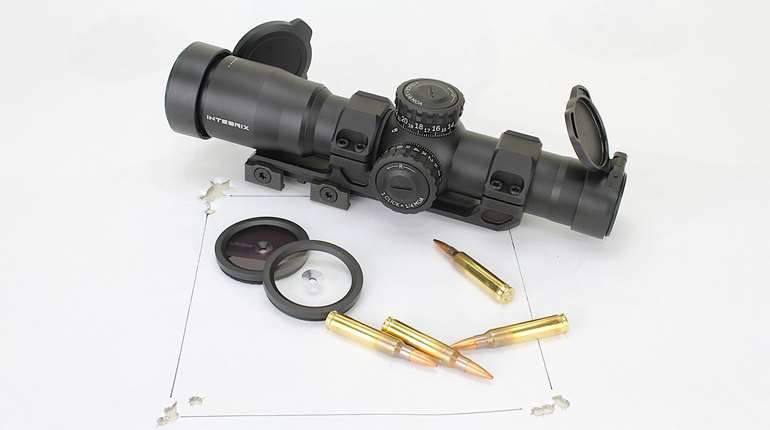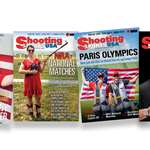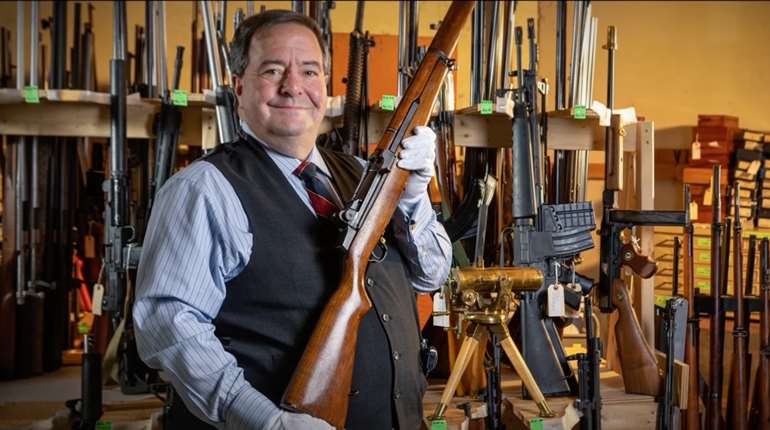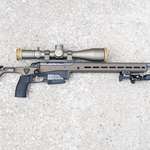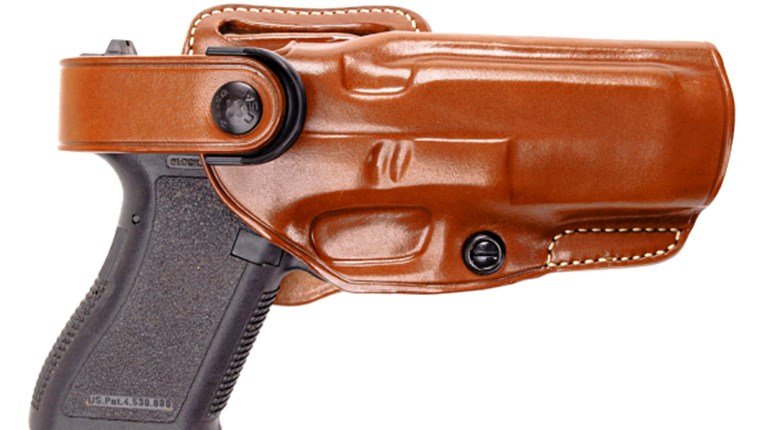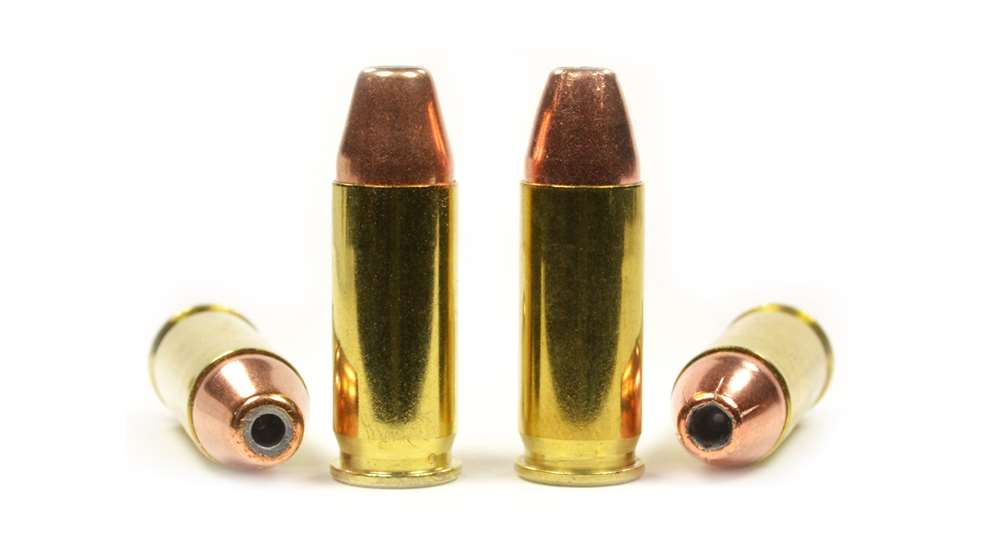
It's more powerful than the .45 ACP with less felt recoil than the .40 S&W. Think of it as a 9mm on steroids or something just shy of the .357 Magnum for your autoloader. It's a high-velocity, light-recoiling and accurate cartridge—the perfect flat-shooting companion of the 1911—yet the .38 Super has somehow consistently failed to realize its potential as a dominant cartridge in the mainstream American market.
Within our borders, it seems only a hardcore group of shooters have discovered the true prospects of this amazing cartridge. Winning a popularity contest may never be in the cards, but winning matches is.
An ad in the December 1928 issue of the American Rifleman touted it as "The ideal 'One-hand gun' for big game. Will stop any animal on the American continent. The .38 Automatic Colt Cartridge has high velocity with flat trajectory, great shocking power and deep penetration."
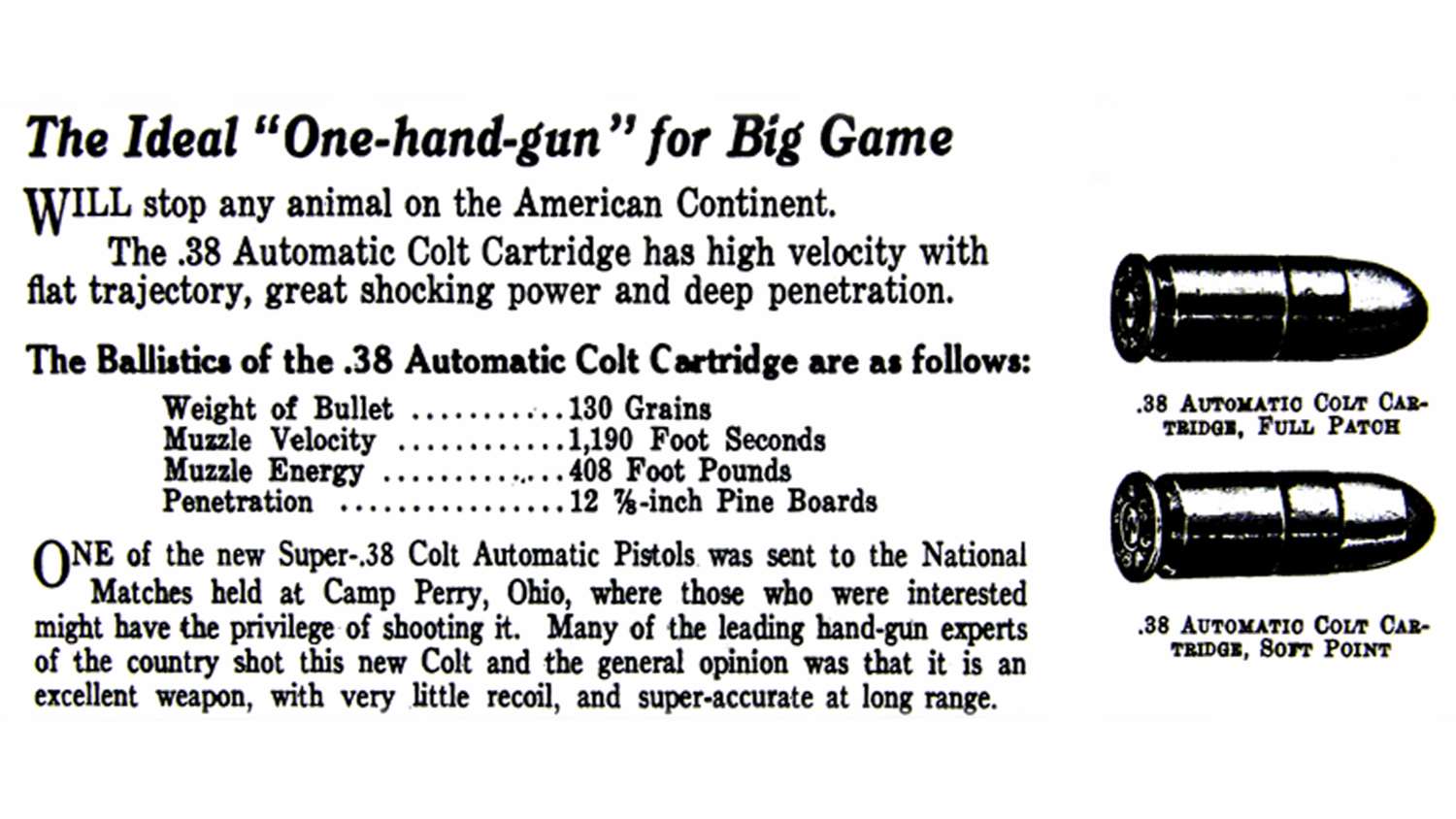
John Browning designed the .38 Smokeless and Rimless Cartridge in 1900. Semi-rimmed in actuality, it would become known later as the .38 Automatic or .38 ACP. His original automatic pistol design for Colt was chambered in this cartridge. Colt built two versions based on Browning's recoil-operated, double-link "parallel ruler" semi-automatic design—the Military Model in 1902 and the Pocket Hammer Model in 1903.
Those pistols would serve as the prototypes for the time-honored, single-link pistol to be ultimately accepted by the Ordnance Department some years later—the Model 1911 in the required .45 ACP. After World War I, an evolved 1911 would be marketed to the military as the Model 1911A1, and commercially it would become known as the Government Model.
Even though Colt scrapped the .38 Pocket Hammer Model for the .380 Pocket Model and had good success with the Government Model/.45 ACP cartridge combination, the folks at Colt weren't about to abandon the .38 Automatic. To the contrary, the refinements in the Government Model presented Colt with a perfect opportunity to chamber it in the .38 Automatic.
The year following Browning's death saw new life breathed in the little .38. Colt began work in 1927 on a new .38 pistol with an improved cartridge. The new cartridge would retain the same outer dimensions as the .38 Automatic, yet yield dramatically improved results with a heavier bullet. Whereas muzzle velocity of the .38 Automatic's 115-grain bullet in the Military Model's six-inch barrel was 1070 fps, the 130-grain projectile of the new cartridge could reach 1300 fps from a five-inch barrel.
Design and operation of the .45 Government Model were retained in the new pistol, but certain parts needed fine-tuning due to the new cartridge. Obviously, the barrel and nine-round magazine would be new, but a slightly different slide, firing pin, barrel bushing and ejector needed to be designed.
Colt's "Super .38 Automatic" made its debut to an exuberant crowd at Camp Perry, OH, in the fall of 1928 and the ad in the American Rifleman followed in December. The following year. Maj. J.S. Hatcher, a devoted fan of the original .38 Automatic, had the opportunity to review the new gun and cartridge for the May 1929 Rifleman:
For many years there has been a big demand for a high-powered, high-velocity handgun with plenty of punch and penetration, and with speed enough in the bullet so that there is some chance of making a bit on a man-sized target at distances well over 100 yards.
He went on to recount a rather unorthodox test he and his son made with the combination.
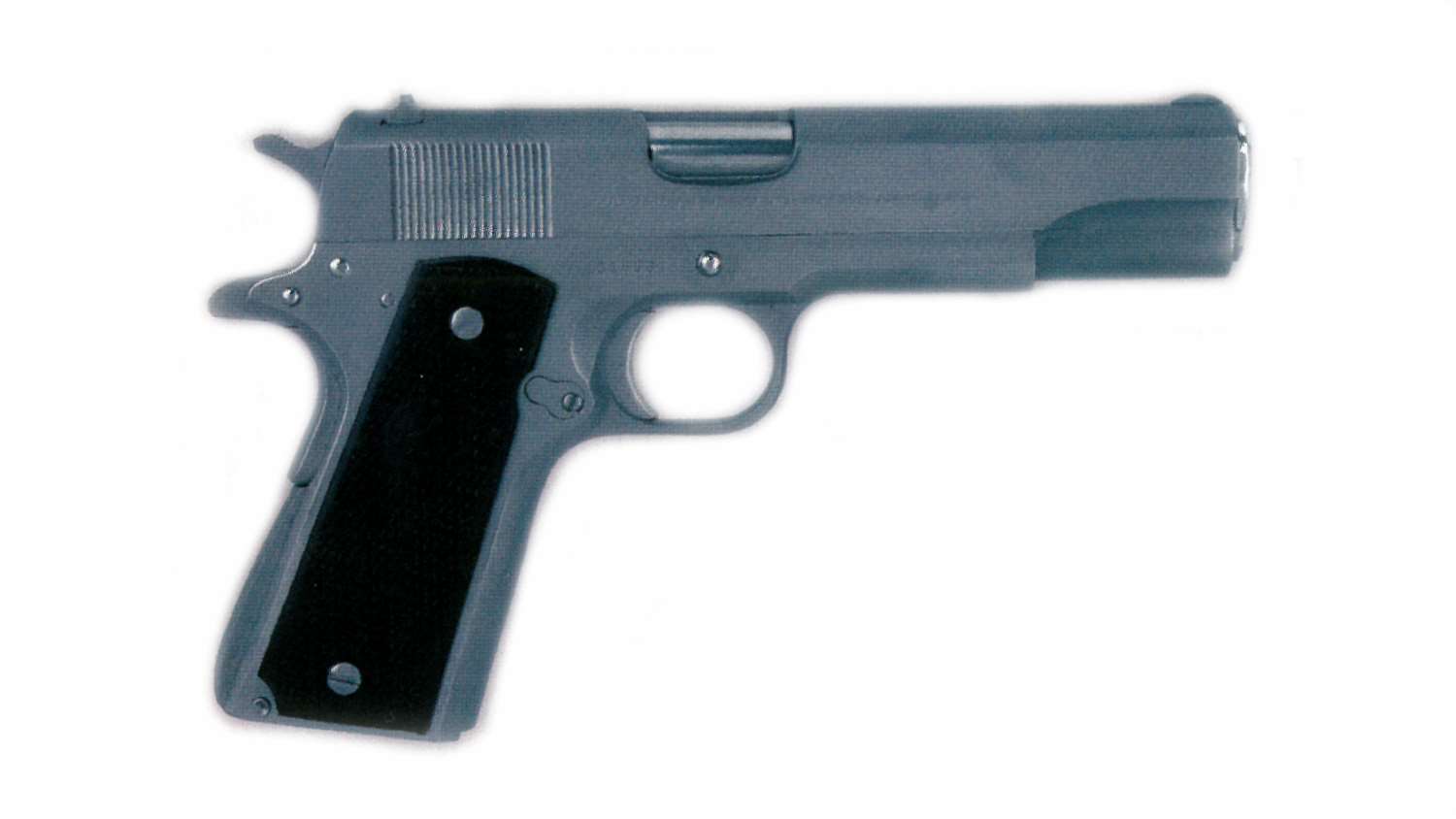
My first shot with it was over the water. We stood on a little headland and fired at a floating oil can about 200 yards off shore. The bullet seemed to be right there as soon as the trigger was pulled, and there was a vicious 'crack' as the bullet struck the water just under the can. There was no ricochet. Then I fired with the same hold, using an Army .45. There was an appreciable interval before the bullet dropped into the water with a dull 'plup' about three-fourths of the way out, and ricocheted three times off to the left. A number of shots with both guns showed that the result described was no accident, for the same thing happened each time.
My son, Bobby, said, "Say, Dad, that first gun you shot sure lifts my hat when it goes off."
The next thing we did was to step down to the beach and fire into the wet sand. The .45 made a hole about big enough to put two fingers into. The Super .38 made a hole the size of my fist."
Bobby said, "Gee, Dad, if a fellow got shot with that Super .38, it would be just too bad." Then we shot for accuracy, and in spite of the bad light on the sights, the group was fine. The gun shoots better than the shooter holds.
Although an immediate success for Colt, introducing the Super .38 Auto at the onset of the Great Depression didn't do the cartridge any favors for winning further popularity. The stock market crash in the fall of 1929 slowed sales, and as the 1930s wore on, domestic sales of Colt's Super .38 were mediocre at best. An average of about 1,000 guns were produced each year prior to World War II for the American market. Exports, however, were a different story.
The 9mm Luger and .45 ACP cartridges had flourished in the armed forces around the world in the first quarter of the 20th century. Prohibition of these "military calibers" to civilians in many countries south of the Rio Grande created and interesting opportunity for Colt's Super .38. Mexico and several other Central and South American countries became the largest market for Government Models in this non-military caliber. The cartridge became so popular south of the border, companies such as Star, Llama and Astra would each build pistols chambered for it. In 1969, a Mexican Western film was released called "Super Colt .38," furthering its legendary status.
By World War II, sales to Mexico and Panama as well as shipments to England, the Philippines and Siam had accounted for the better half of the 37,835 Super .38s produced. After the war began, all manufacturing efforts focused on the .45, and other than those built for the OSS (predecessor organization to the CIA), only 10 Super .38s made it into the American market.
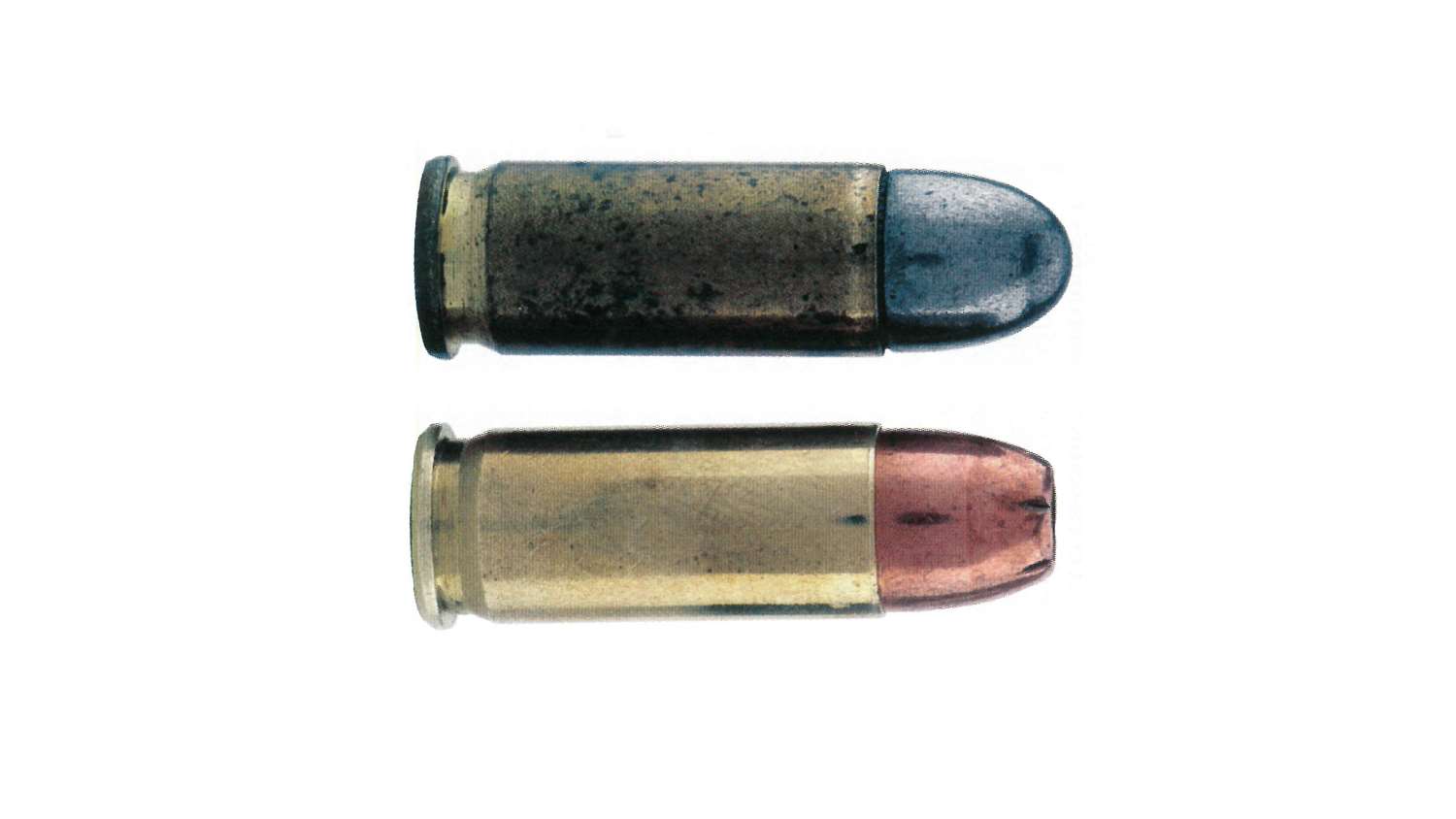
U.S. Government agencies, including the Federal Bureau of Investigation, purchased small lots of the pistols. FBI Ballistics experts realized the potential for penetration touted in the 1928 Rifleman ad could be put to excellent use on the plated car doors which had been protecting so many gangsters in get-aways and gunfights. Combined with this kind of firepower, the nine-round capacity of the Colt magazines, plus one in the tube, made the Super an instant favorite for many people in law enforcement.
Prior to the war, the Vermont Motor Vehicle Department, the Burlington, VT, Police Department, the Escanaba, MI, Police Department, and the St. Louis Police Department each had lots of the Super .38 delivered.
"The caliber is a grand old favorite of mine," legendary soldier, lawman, shooter and author Col. Charles Askins wrote about the cartridge. "If I had to make a choice between the .45 ACP and the Super, I'd unhesitatingly go along with the latter. It is just that good."
Two major improvements for the cartridge were just around the bend as Askins penned his thoughts. Riding the heels of the introduction of a Super-equipped, major power factor "combat competition" pistol by noted gunsmith and author Bruce Gray, to the early days of the International Practical Shooting Confederation (IPSC) in the 1970s, the changes would transform the Super, with its rather lackluster accuracy and performance, into a record-setting powerhouse in several shooting disciplines. We will go over this transformation in Part 2.













